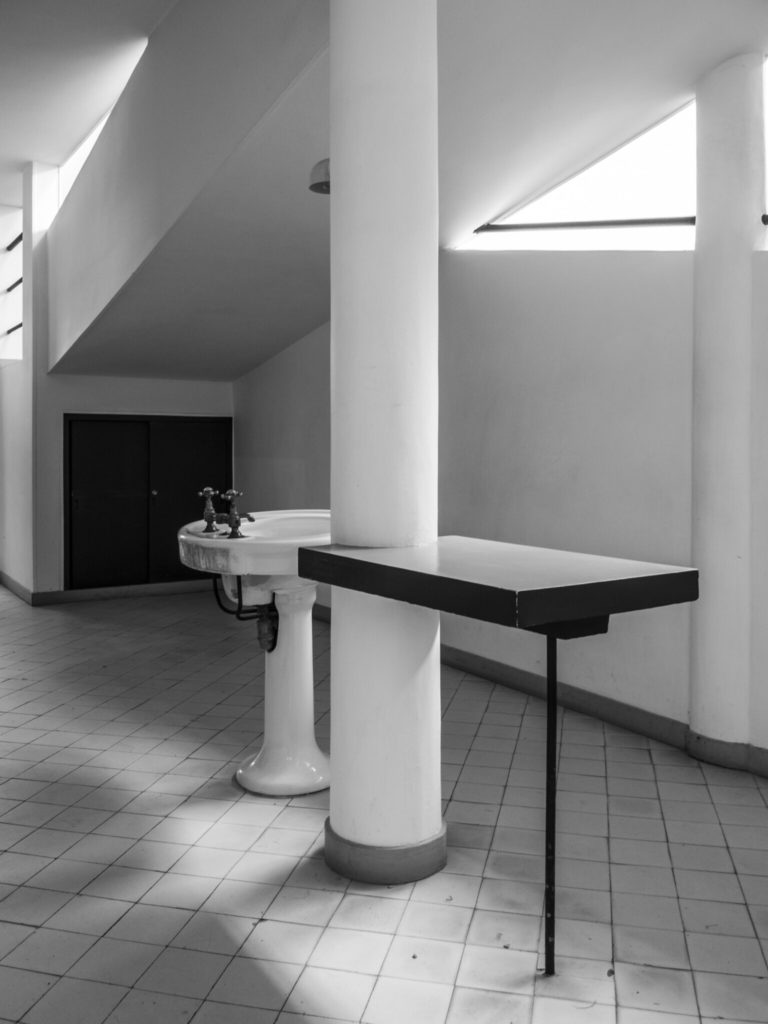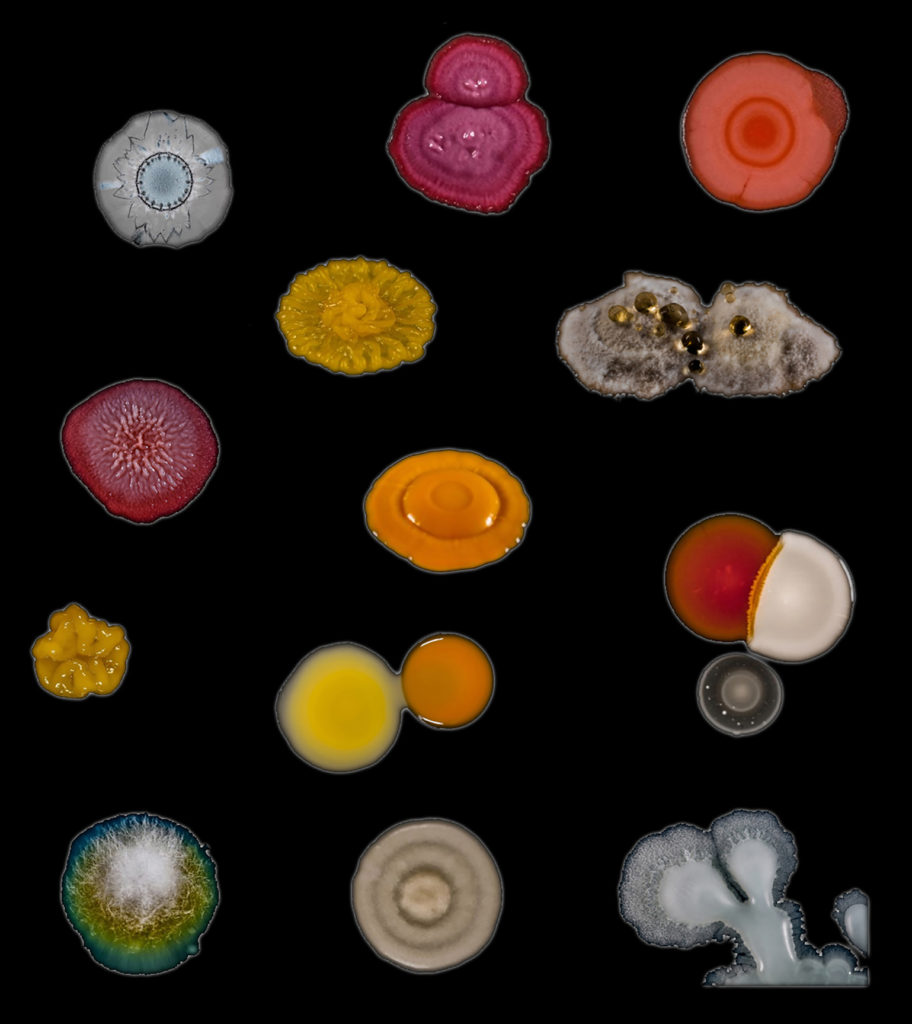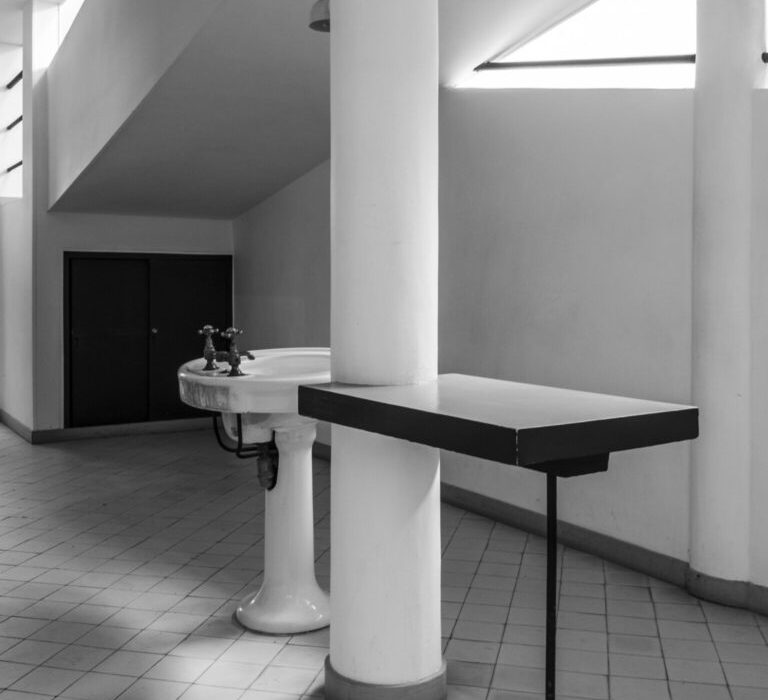Judging is now underway for the 10th Annual A+Awards Program! Want to earn global recognition for your projects? Sign up to be notified when the 11th Annual A+Awards program launches.
One of the clearest byproducts of the pandemic has been a renewed focus on the domestic interior. As stewards of our own homes, we have found ourselves examining them under a new microscope, both for their aesthetic ability to bring comfort during a difficult period and for imagined traces of the virus, which we may have reluctantly brought indoors from the outside world at any time. Early on, bags of groceries often spent a day or more outside of our homes; they were punished as alleged viral transmitters and forced to enter a period of quarantine before being allowed in to provide much-needed sustenance. Countertops, doorknobs, and other surfaces that regularly made corporeal contact were scrubbed with a renewed vigor in an effort to sterilize our home from any living presence but our own.
Over the course of the last century, much of modernist architecture can be understood as a consequence of the fear of disease; the construction of physical space to facilitate an ability to cleanse rooms where bacteria lurk. Clean, empty white walls, open floor plans and industrial, highly polished surfaces became synonymous with functional space that allowed the occupant to feel comfortable, safe and germ-free — at least to the naked eye. Architects such as Le Corbusier famously thought that a house should function as a “machine à habiter” or machine for living in his 1923 manifesto for future habitation, Towards a New Architecture. But the lines immediately following this iconic phrase are equally revealing:
“Baths, sun, hot water, cold water, warmth at will, conservation of food, hygiene, beauty in the sense of good proportion… We must clear up a misunderstanding: we are in a diseased state because we mix up art with a respectful attitude to mere decoration.”

The entrance hall in Le Corbusier’s Villa Savoye. © Thomas Nemesker
On the surface, Corbusier’s aesthetic focused on the qualities of unornamented, rectilinear spaces. Yet, a deeper reading reveals an agenda of moral and physical cleanliness. While diseases like tuberculosis and the resulting technologies developed to diagnose them helped to shape modernism and the work of architects like Corbusier throughout the 20th Century; similarly, Covid-19 and our cultural propensity to spend time indoors (up to 90% of our days) will influence architecture in the near future.
Today, our culture is saturated with products focused on sanitizing and architectural surfaces that help to facilitate this ritual cleansing. We commonly hold that sterility is the ideal state of existence, even though it is impossible to achieve for more than even a brief moment. We regularly consume antibiotic treatments for even the most minor illnesses, hoping to eradicate all germs or bacteria on contact. In reaction to the pandemic, architectural publications widely circulated articles detailing products and surfaces with natural anti-microbial properties, including copper and cardboard (to name a few). While there are certainly architectural contexts including the healthcare industry that require starkly hygienic environments, this strategy exists at the expense of the “good” bacteria we need to foster healthy immune systems.

Colonies formed by a variety of bacterial and fungal species. © Scott Chimileski and Roberto Kolter
Conversely, we are composed of 100 trillion microbes, and over half of the cells in our body belong to foreign microbes that inhabit us. On an architectural scale, according to Emily Anthes’ book The Great Indoors, our homes are filled with up to 2000 different microbial “squatters” at any given time. Different areas of the home tend to reveal distinct differences; bacteria found in kitchens is most commonly associated with food, while doors and door knobs are covered in species most typically found in leaves and soil.
Domestic elements like toilet seats and pillowcases look more similar than you’d like to believe under a microscope — both harbor bacteria that typically lives on our skin and in our mouths. More recent research on hygiene espouses a modern microbial perspective that is complex and intertwined with both outdoor and indoor environments; a combination of strategies to expose the body to certain bacteria while targeting certain hygiene to create the framework for healthy protection from pathogens while restoring and reinforcing our microbiomes.
With this in mind, how should our interior domestic environments intervene to foster the restoration, growth or even flourishing of microbial cultures? Revisiting the kitchen with a renewed focus would not be a bad start. In order to re-frame our relationship with microorganisms, we should reference symbiotic examples from the world’s culinary traditions. Bread-baking, kombucha and other fermentation processes that revolve around the kitchen, all produce healthy bacteria that humans benefit from, both during the processes of production and following consumption. In some cases, as with sourdough bread, the microbes found on bakers’ hands even mirror the microbes within their starters, the bubbly mix of yeast, bacteria and flour that’s the basis of every loaf.

Kombucha is fermented by a floating biofilm made up of a symbiotic community of bacteria and yeast, or SCOBY. © Scott Chimileski and Roberto Kolter
In “Micro-ecologies of the Built Environment,” a chapter in The Routledge Companion to Biology in Art and Architecture, Ted Krueger argues that architecture’s conventional focus on the human scale should be brought down in scale to the microbial and that architects should operate more like “creative chefs than forensic doctors”, manipulating conditions to encourage the cultivation of healthy microbiota. In turn, as the architectural discipline evolves into a more microscopic realm, we should promote the design of micro-ecologies within our domestic spaces through the careful selection of materials and spatial conditions, that do not only destroy bacteria but work to nurture what may be beneficial to us.
How can we reframe the notion of cleanliness through the lens of architecture in an age where filth and germs might actually help us survive? It’s clear that our interior environments and the products we use within them need to evolve from a purely adversarial position towards microorganisms, to a far more symbiotic relationship with “good” bacteria. There is an urgent need to develop “architectural probiotics”; environments and surfaces that support the complex conditions needed to partner with microorganisms for mutual benefit. What would this architecture look like?
Judging is now underway for the 10th Annual A+Awards Program! Want to earn global recognition for your projects? Sign up to be notified when the 11th Annual A+Awards program launches.

